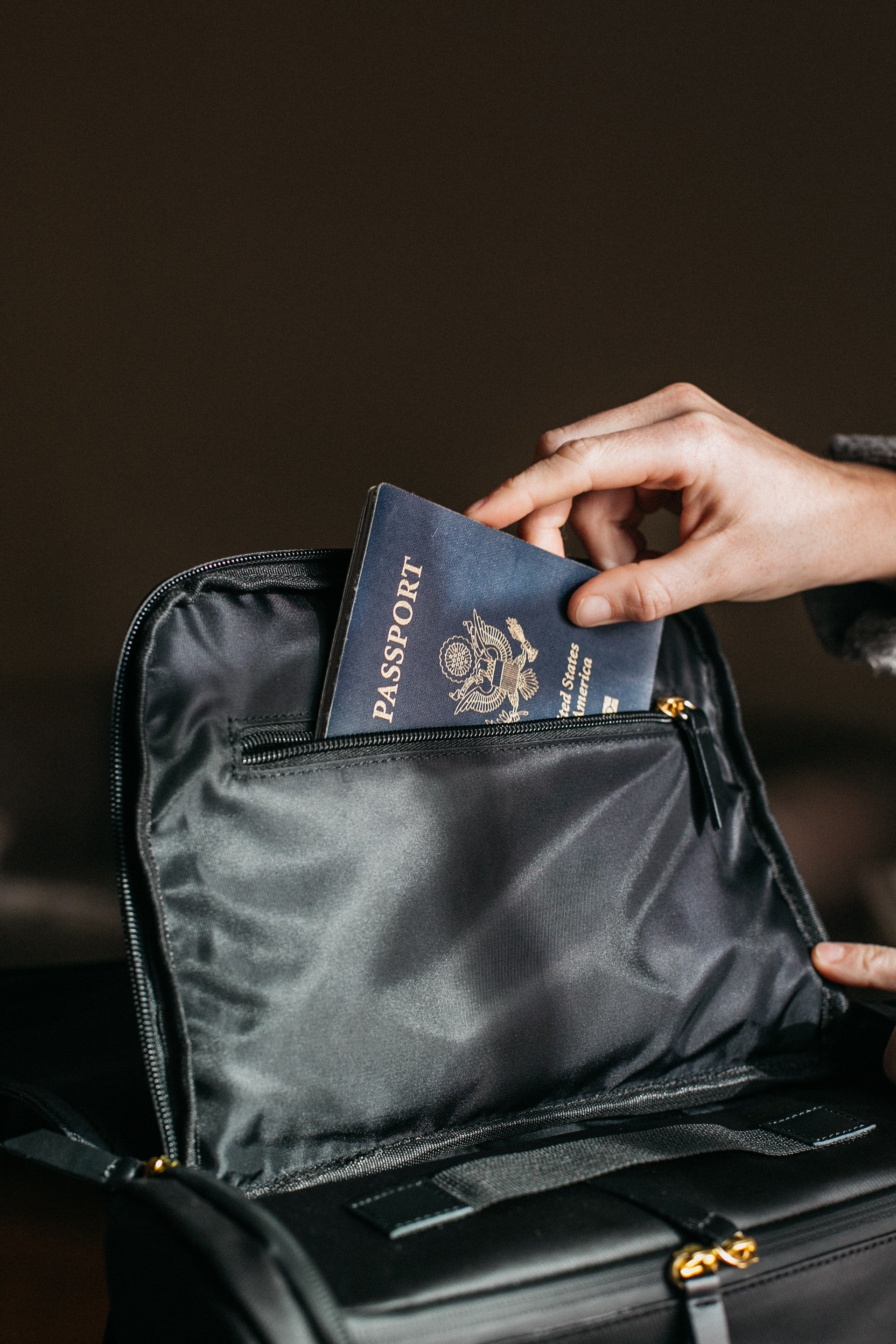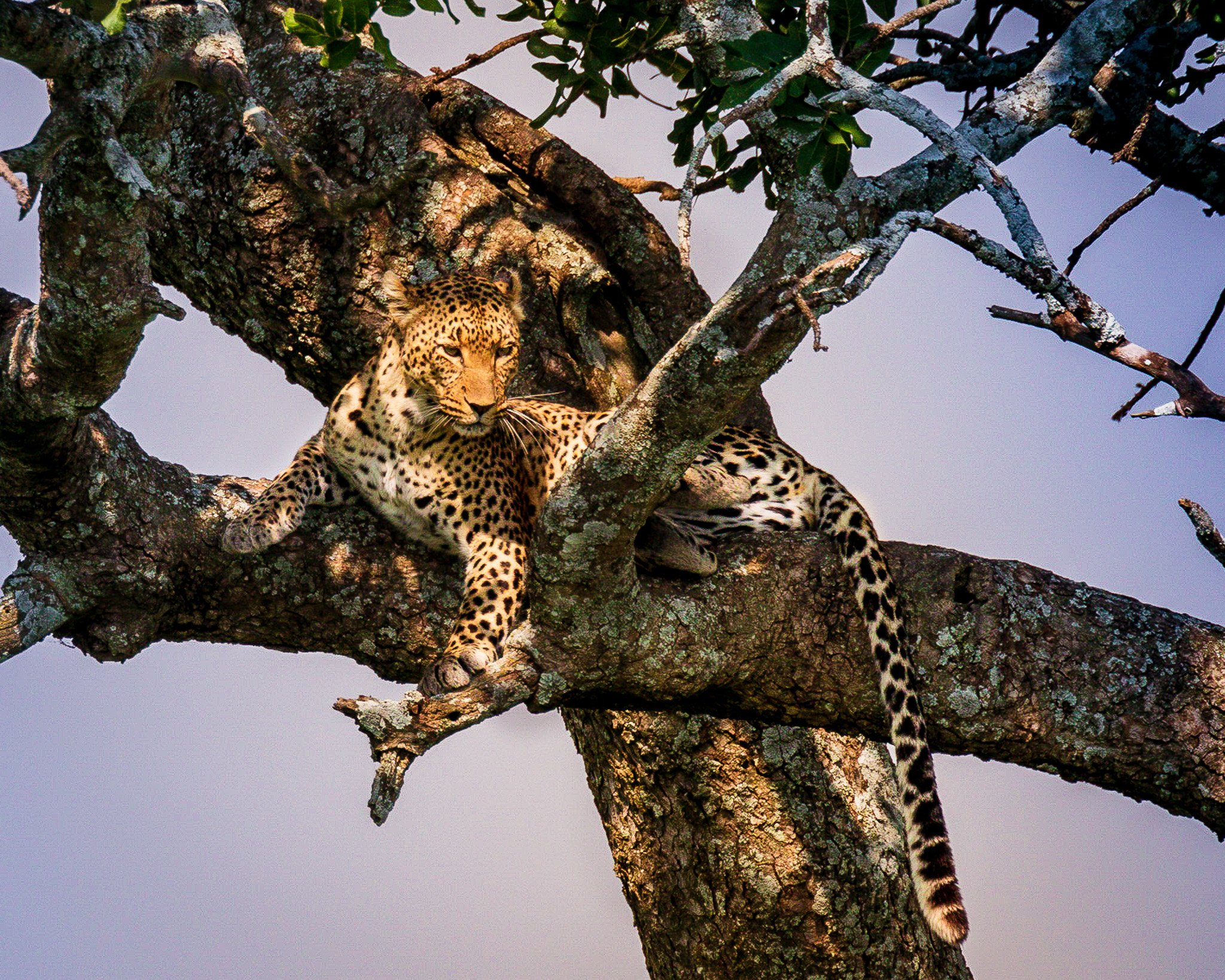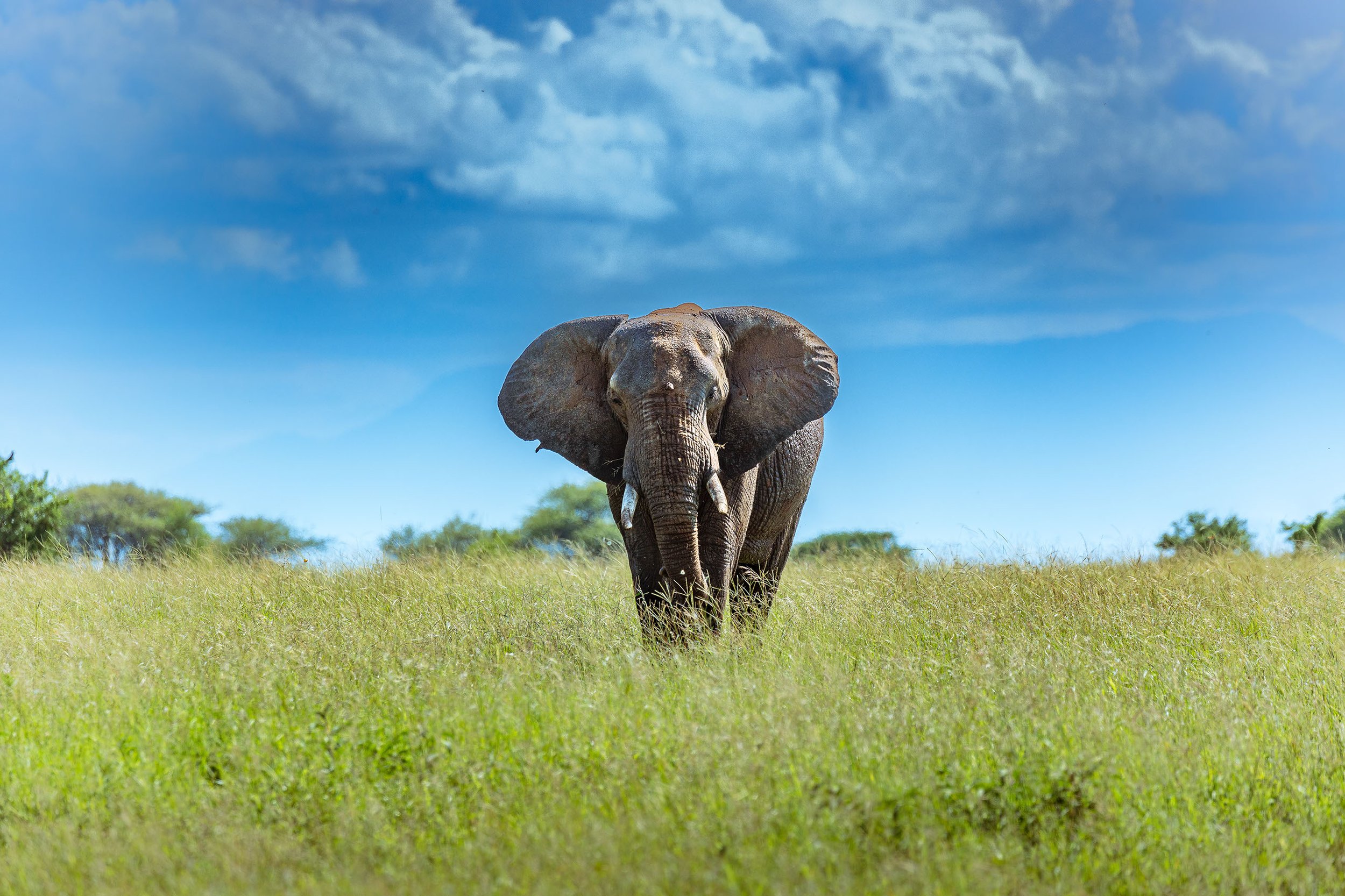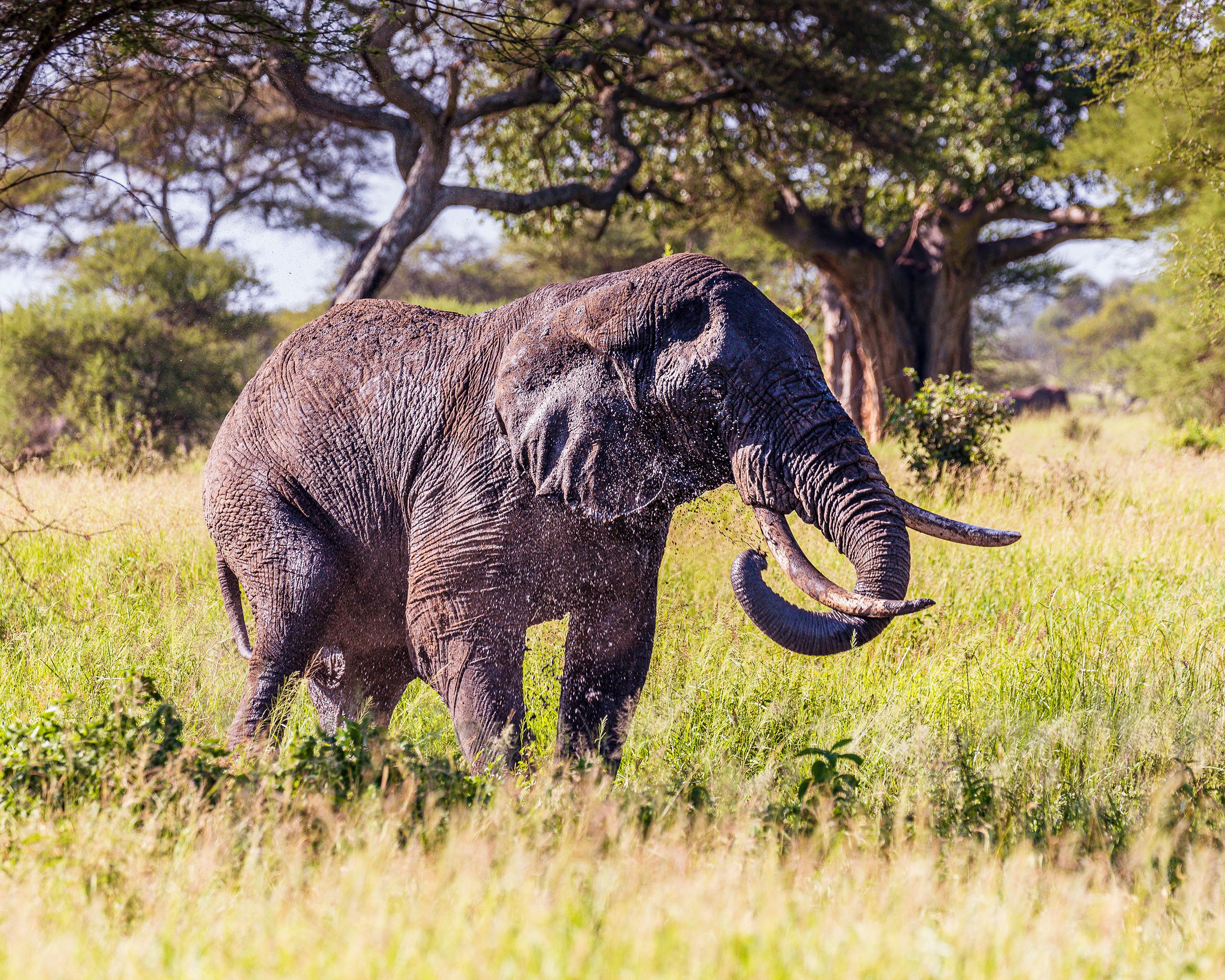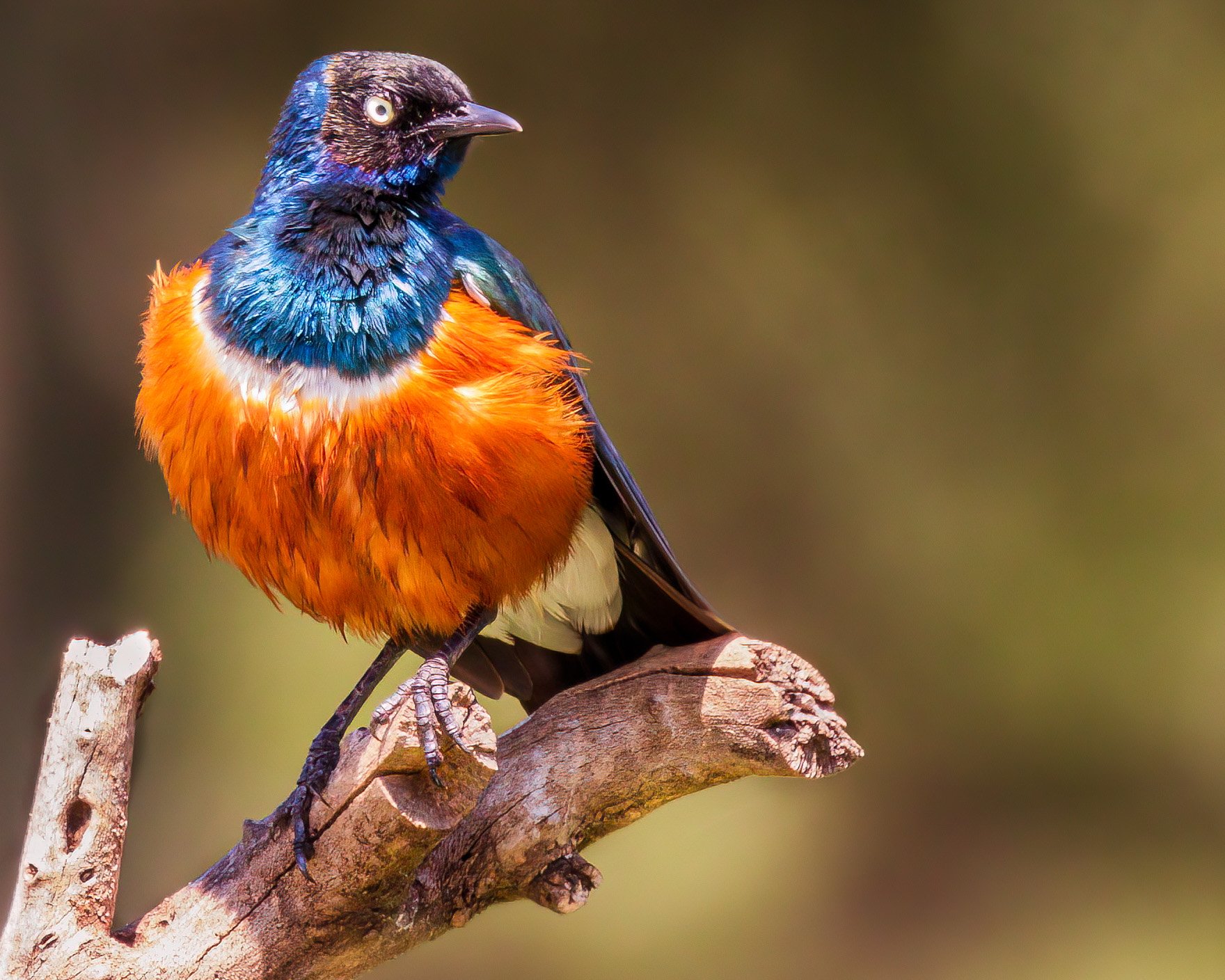My Safari Packing Guide for Africa (Part 1 Clothing and Personal Items)
What To Bring on a Safari?
Packing for a Safari is different than packing for a regular vacation; you need to consider weather conditions, the type of activities you will be doing, and the availability of some products in Africa.
Each time I go on a Safari, I spend a lot of time trying to figure out what to bring with me. It can easily become overwhelming, especially when you are also thinking about your travel planning and photography gear as well.
Most people end up bringing a lot of "stuff" that they actually do not need. So I have put together my recommendations of what to bring with you so that you have a wonderful trip.
In Part I, I will discuss clothing, electronics, and personal items. In Part II, I will discuss Photography Gear.
Before You Go - Travel Documents
This might be obvious too, but the number one rule you should always abide by is to make sure your travel documents are up-to-date. While packing for a trip abroad, I always begin by gathering, organizing, and packing my travel documents. Ensure your passport is valid for at least 6 months since some countries require this time frame. You should also make sure there are empty pages in your passport just in case you need a Visa.
Visa
Many countries in Africa will provide a Visa on arrival. Getting a Visa on arrival is also dependent on your nationality. For example, in Namibia & South Africa, we received a Visa for free on arrival. However, for Kenya and Tanzania, we applied online for an E-Visa. It takes about 3-4 days to receive the visa, and it costs approximately $100.
Here are a few Travel Documents I would make sure to bring with you:
Valid passport with at least 6 months until Expiry Dates
Copy of passport (Digital or Paper Copy)
Check Your Visa Requirements
Health/Travel Insurance abroad (i.e., World Nomads)
Vaccination card (optional for Yellow Fever)
International driving license (if you plan on driving)
Flight ticket (printout or e-ticket)
Cash (USD, Euros and Local Currency)
Check the CDC Travel Health List
Electronics To Bring
It is really important to make sure to have all your chargers and adapters on your trip. Here are a few items I would consider bringing:
Travel Plug Adapters (In South Africa/Namibia, Type M and D are used)
Powerbank (with USB-C and USB-A)
Mobile phone with charger (T-Mobile does not work in Namibia)
Headphones (AirPods)
Flashlight (preferably USB rechargeable)
Headlamp with red light for Astro Photography
Camera Batteries (I will have a separate section on Photography)
Laptop/iPad with Chargers (MacBook Pro with Charger)
Kindle with charger
Travel Power Strip can be super useful if there are not enough electrical outlets in your hotel room.
Wall Charger to charge cell phones, iPads, Kindles etc
Solid State Hard-drives (SSD) for your photos--I bring 2 of them.
DEALING WITH MOSQUITOS & BUGS
You are going to Africa!!! You are going to see bugs!! This is not something that you should obsess about, but you also need to take precautions using repellents, bed nets, and permethrin. One good tip is that when a hotel has mosquito nets --use them--they are there for a reason!!
I always apply bug sprays/creams in the morning before going out. I also try to cover my legs and arms with long-sleeved shirts/pants. I really like Ben's 30 Tick & Insect Repellent Wipes. The wipes are much easier to use than the spray version. One of its main ingredients is DEET, which repels insects. You can buy them on Amazon or at places like REI. We also sprayed our clothing with permethrin for double protection about 1 week before we traveled.
We also used InsectGuard - Permethrin Treated Insect Repellent Bandanna to keep bugs away from our faces.
Personal Care & Hygiene
Some of the items below can be purchased in Africa. But I usually like to bring everything with me.
Toothbrush & Toothpaste
Dental floss
Deodorant
Sunscreen for Body and Face (at least SP30)
Hairbrush/Comb
Shaver with Blades and Shaving Cream
Face Moisturizer
Lip moisturizer with UV protection
Personal Medication (*never pack in your suitcase)
Advil/Tylenol
Anti-nausea medication (if needed)
Malaria tablets (i.e., Malarone)
*Antihistamine tablets
*Z pack for the flu, just in case
Personal Items
A few other items to make your trip more comfortable.
Daypack - sometimes, you do not need your entire camera bag
Sunglasses
Reading Glasses (if needed)
Kindle
Water Bottle
Snacks (Kind Bars, Nuts)
Extra Zip-Lock Bags
Mini Trash Bags
Kleenex
Mints
CLOTHING RECOMMENDATIONS & GEAR
It took me a few trips to Africa before I was able to get my clothing gear right. On the first few trips I just brought way too much. My recommendation is to pack very minimal and lightweight, earth-toned clothing. Camouflage clothing is not recommended for travel in southern African countries. In fact, in some African countries it is illegal to wear camouflage.
Most hotels have good, fast, and inexpensive laundry services, so you don’t need as much clothing as you may think. Usually, if you give the hotel your laundry in the morning, it will be completed by mid-afternoon. So my recommendation is to take less and launder your clothing
The recommendations below are for a 7 to 10-day trip.
Luggage
It's easier to use a duffel bag rather than a regular suitcase for a Safari. I personally like one with wheels since it is so much easier to move around. I ended up checking in a Duffel Bag, and on the plane, I used a wheeled carry-on with my Camera Bag on top so I did not need to carry it.
“Your [carry-on] should contain medications and necessary items in the event your checked bag is lost or delayed
Pro-Tip: if you are in a very dusty country like Namibia, I would also bring a very large Trash Bag to cover your duffel bag. We often found our duffel bags caked in dust that took a lot of time to remove.
So let’s begin from the bottom up:
Footwear
Shoes - I like to bring 3 pairs of shoes which I think work perfectly.
Lightweight Flip-flops for walking around the room
Sneakers for non-safari walks and traveling -
Palladium Boots (these are super comfortable and perfect for warmer climates.
Socks—I would bring about 5-6 pairs of socks. I love these lightweight hiking socks from Icebreaker. Make sure to bring socks that are long enough to protect/cover your lower legs from mosquito bites. I also brought 3-4 pairs of no-show socks to wear with my sneakers.
Long/Short Pants
Pants/Shorts/Bathing Suits
Safari Pants (2 Pairs) - I wore long pants most of the time (2 pairs). I loved my Prana & Arc'teryx Safari pants. I would not recommend jeans.
Cotton Pants (1-2 Pairs) for Travel/Restaurants
Shorts (2 Pairs)
Bathing Suit - Most lodges have a pool
Underwear- I would bring at least 8 pairs of underwear. These ones from Uniqlo are quite good and inexpensive.
Shirts/Tops
T-Shirts (6 Pairs) - I like these T-Shirts from Buck Mason. They are nice enough to wear out to dinner but yet can be used on a Safari Game Drive.
Safari-Shirts (1-2 Shirts) - I like this Arc'teryx Skyline Shirt , which I would wear over my t-shirt in the early morning.
Polo Shirts (2 Shirts) - for travel and restaurants
Other Items
Pajamas - "we are not barbarians"
1 Light Rain Jacket - you never know when you might need one
1 Fleece - just in case it gets cold on early morning game drives. You would be surprised how cold it can be in the morning.
1 Light Puffer Coat - this one from Uniqlo is packable, light, and really warm.
Baseball Caps
I hope you found this Safari Clothing Packing List helpful. In Part 2, I will go over Photography Gear Recommendations. Would you happen to have any recommendations that I missed?
